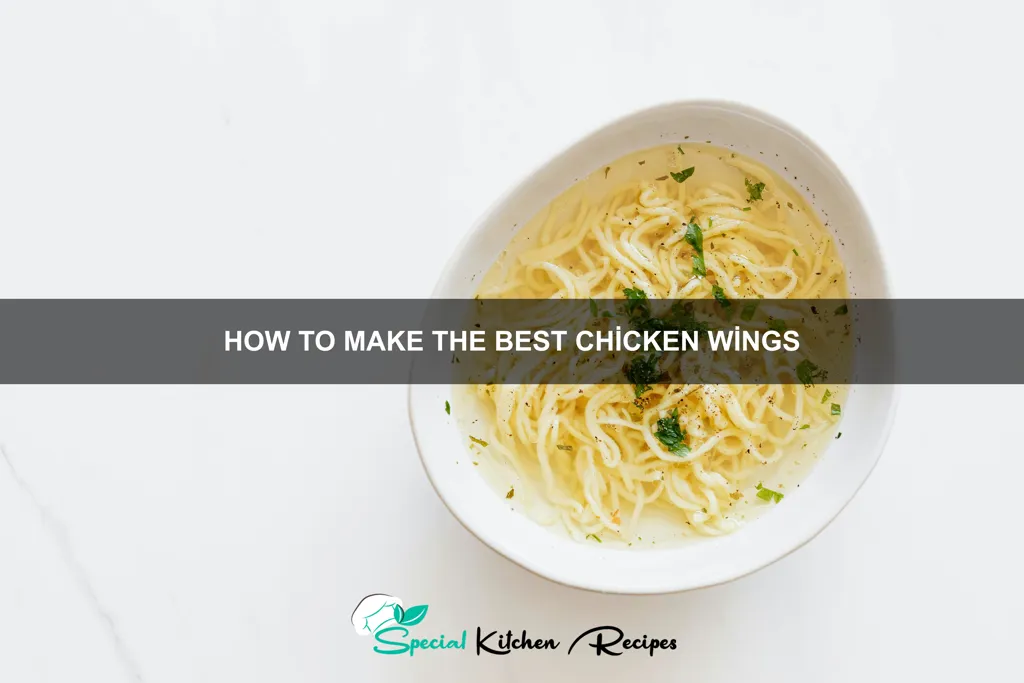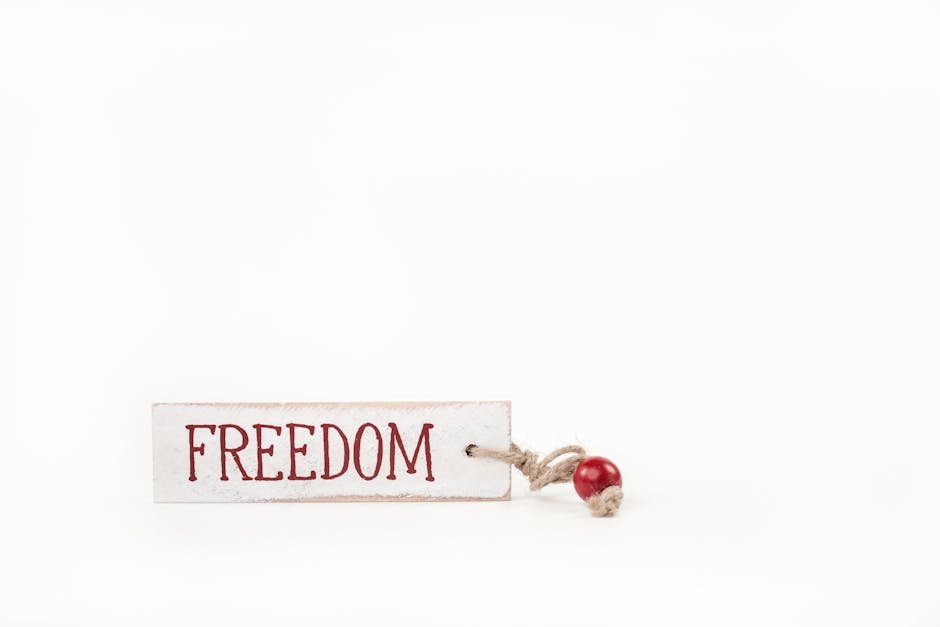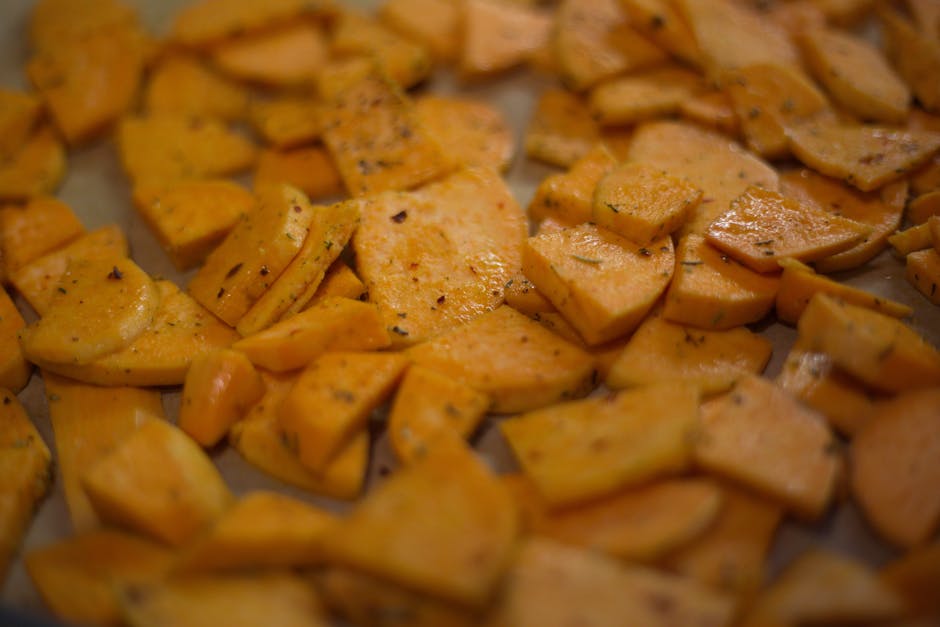Chicken wings, a seemingly simple dish, boast a surprisingly rich and complex history, far exceeding their humble beginnings. While pinpointing the exact origin is difficult, their rise to culinary stardom is undeniably linked to the American Buffalo wing’s invention in 1964 at Anchor Bar in Buffalo, New York. Legend attributes their creation to Teressa Bellissimo, who, needing a late-night snack for her son and his friends, deep-fried leftover chicken wings and tossed them in a spicy sauce. This impromptu creation unexpectedly became a sensation, transforming a previously underutilized part of the chicken into a global culinary icon.
The popularity of chicken wings exploded in the following decades, transforming from a regional specialty to a ubiquitous food enjoyed across the globe. The annual consumption of chicken wings in the United States alone is staggering, reaching billions of pounds. This incredible demand has fueled the growth of a vast industry, encompassing everything from small family-run restaurants to large-scale commercial producers. Super Bowl Sunday, in particular, has become synonymous with massive chicken wing consumption, further cementing their status as a quintessential American food.
Beyond their commercial success, chicken wings hold significant cultural significance. They’re a staple at sporting events, parties, and casual gatherings. Their versatility is key to their appeal; they can be prepared in countless ways, from classic Buffalo-style wings to variations incorporating sweet and sour, teriyaki, BBQ, and countless other flavor profiles. This adaptability reflects the diverse culinary landscape of America and its global influences. The simple act of sharing a plate of wings has become a social ritual, fostering a sense of community and shared enjoyment. From backyard barbecues to upscale restaurants, chicken wings transcend socioeconomic boundaries, uniting people across diverse backgrounds in their appreciation for this crispy, flavorful delight.
Ingredients and Measurements
The quality of your ingredients directly impacts the final flavor of your chicken wings. We recommend using fresh, high-quality ingredients whenever possible. Here’s a breakdown of what you’ll need for approximately 2 pounds of chicken wings, enough to serve 2-4 people:
Chicken Wings: 2 pounds (approximately 24-30 wings). Choose your preferred style: flats and drumettes are the most common, but you can also use whole wings. Ensure they are patted completely dry before seasoning; this helps the seasoning adhere better and promotes crispier skin.
Dry Rub (adjust to your taste):
- 2 tablespoons paprika (smoked paprika adds a deeper flavor)
- 1 tablespoon garlic powder
- 1 tablespoon onion powder
- 1 tablespoon brown sugar (light or dark, depending on your preference)
- 1 tablespoon chili powder (adjust to your spice preference)
- 1 teaspoon cayenne pepper (optional, for extra heat)
- 1 teaspoon black pepper
- 1 teaspoon salt (kosher salt is recommended for even seasoning)
- ½ teaspoon dried oregano
- ½ teaspoon dried thyme
Note: Feel free to experiment with other spices like cumin, coriander, or even a dash of cinnamon for a unique flavor profile. Remember to taste and adjust the seasoning to your liking.
Sauce (optional, but highly recommended): This recipe uses a classic buffalo sauce, but countless variations exist.
- 1 cup Frank’s RedHot Original Cayenne Pepper Sauce (or your preferred hot sauce)
- ¼ cup unsalted butter, melted
- 1 tablespoon honey (optional, for a touch of sweetness)
- 1 teaspoon Worcestershire sauce (optional, for added depth of flavor)
Other essentials:
- Vegetable oil, for frying or baking (approximately 2 tablespoons if baking, enough to cover wings if frying)
- Baking sheet or wire rack for baking
- Large bowl for tossing the wings
- Large skillet or deep fryer (if frying)
Important Note: These measurements are guidelines. Adjust the quantities to your needs and preferences. If you have more or fewer wings, proportionally increase or decrease the ingredients accordingly. Always ensure your chicken is cooked to a safe internal temperature of 165°F (74°C).
Equipment Preparation
Before you even think about tackling those succulent chicken wings, ensuring you have the right equipment ready is crucial. Proper preparation will streamline the cooking process and contribute significantly to the final result. Let’s go through the essentials.
First, you’ll need a large bowl, ideally at least 4 quarts in capacity, for tossing the wings in the marinade and sauce. A smaller bowl might lead to a messy and inefficient process. Make sure it’s a bowl you don’t mind getting a little sticky!
Next, gather your baking sheet(s). For a standard batch of 2-3 pounds of wings, a half-sheet pan (approximately 12×18 inches) will suffice. However, for larger quantities or to ensure even cooking and prevent overcrowding, use two half-sheet pans or a full-sheet pan. Line them with parchment paper for easy cleanup and to prevent sticking; this is highly recommended.
You’ll also need measuring cups and spoons for precise ingredient measurements. Accuracy in your marinade and sauce is key to achieving the perfect flavor balance. A set of measuring cups that includes 1/4 cup, 1/2 cup, and 1 cup measurements, along with a set of measuring spoons, is essential.
A wire rack placed on top of your baking sheet is a game-changer. It allows for even air circulation around the wings, leading to crispier skin and more evenly cooked meat. If you don’t have a dedicated wire rack, you can improvise by creating a makeshift rack using heavy-duty aluminum foil, but a proper rack is preferable.
For the actual cooking process, you’ll need an oven, of course! Make sure your oven is clean and preheated to the correct temperature as specified in the recipe. A meat thermometer is highly recommended for achieving perfectly cooked wings. It allows you to ensure the internal temperature reaches a safe 165°F (74°C) before serving.
Finally, don’t forget about tongs or oven mitts for safely handling the hot wings and baking sheets. These are essential for preventing burns and ensuring a smooth cooking process. Investing in good quality tongs with a comfortable grip is worthwhile.
Pro Tip: Prepare all your equipment *before* you start prepping the chicken wings. This way, you can focus on cooking and avoid any interruptions, ensuring a smooth and efficient workflow. Having everything organized will significantly enhance your cooking experience.
Chicken Preparation (Cleaning & Cutting)
Before you begin the glorious task of making the best chicken wings, proper preparation is key. This section details how to clean and cut your chicken wings for optimal flavor and texture. We’ll be working with approximately 2 pounds (900g) of chicken wings, which usually equates to about 12-15 individual wings.
First, thoroughly rinse the chicken wings under cold running water. Remove any visible feathers or debris. Pat them completely dry with paper towels; this is crucial for achieving a crispy skin later on. Excess moisture will hinder the browning process.
Now, let’s separate the wings. Each chicken wing consists of two parts: the drumette (the thicker part closer to the body) and the flat (the thinner, flatter part). You can either leave them attached or separate them. For this recipe, we’ll separate them. Using a sharp knife, carefully cut through the joint connecting the drumette and the flat. Ensure you cut cleanly through the joint to prevent tearing the meat.
Some recipes also call for removing the wing tip (the small pointy end). While this isn’t strictly necessary, removing the wing tip helps improve the overall presentation and reduces the chance of burning during cooking. Simply cut off the wing tip at the joint, discarding it or saving it for stock.
Once separated, you should have approximately 24-30 pieces (drumettes and flats) depending on the size of your chicken wings. It’s important to maintain even sizes as much as possible for consistent cooking. If you notice some particularly large pieces, you might consider trimming them down slightly to ensure even cooking.
A sharp knife is paramount for clean cuts and preventing damage to the meat. If your knife isn’t sharp, take the time to sharpen it before proceeding. A dull knife will result in ragged cuts and potentially crush the meat, affecting the final texture and appearance of your wings.
After cutting, you can place the wings in a bowl and proceed to the next step in the recipe. Remember to always practice safe food handling techniques. Wash your hands and any surfaces that come into contact with raw chicken thoroughly with soap and water.
Marinade/Brine (if applicable)
While not strictly necessary, marinating or brining your chicken wings significantly enhances their flavor and juiciness. Both methods work by infusing the meat with moisture and seasoning, resulting in more tender and flavorful wings. The choice between marinating and brining depends on your preference and time constraints.
Brining is ideal for achieving maximum juiciness. It involves submerging the wings in a saltwater solution, typically for several hours or even overnight. A basic brine recipe calls for 1 cup of kosher salt and 1 cup of brown sugar dissolved in 4 cups of water. For a larger batch, simply increase the proportions proportionally. Add aromatics like peppercorns, bay leaves, garlic cloves, or thyme sprigs for extra depth of flavor. Ensure the wings are fully submerged; you may need to use a weight to keep them underwater. After brining, rinse the wings thoroughly before cooking to remove excess salt.
Marinating, on the other hand, uses a flavorful oil-based mixture. A classic marinade might include 1/2 cup of your favorite oil (vegetable, canola, or even olive oil), 1/4 cup of soy sauce or tamari, 2 tablespoons of your preferred vinegar (apple cider or rice wine vinegar work well), 1 tablespoon of honey or maple syrup for sweetness, and 1-2 teaspoons of your favorite spices (paprika, garlic powder, onion powder, cayenne pepper, etc.). Adjust the spice level to your liking. You can also add fresh herbs like rosemary or thyme. Place the wings in a resealable bag or container, pour the marinade over them, ensuring they are evenly coated, and refrigerate for at least 2 hours, or preferably overnight. The longer they marinate, the more flavorful they become. Remember to reserve some marinade for basting during cooking, but do not use the marinade that has been in contact with raw chicken.
Important Considerations:
- Food Safety: Always refrigerate marinated or brined wings promptly. Never leave them at room temperature for extended periods.
- Don’t Over-Brine: Over-brining can make the wings too salty. Stick to the recommended time.
- Experiment with Flavors: Feel free to experiment with different herbs, spices, and flavor combinations to create your signature wing marinade or brine.
- Dry Brining: For a simpler approach, consider dry brining. This involves generously coating the wings with salt and letting them sit uncovered in the refrigerator for several hours. This method draws out moisture, then reabsorbs it, resulting in a juicy and flavorful wing.
Whether you choose brining or marinating, the extra step will elevate your chicken wings to a whole new level of deliciousness. Choose the method that best suits your schedule and taste preferences, and enjoy!
Cooking Method (e.g., Baking, Frying, Grilling)
Choosing the right cooking method significantly impacts the final result of your chicken wings. While frying delivers incredibly crispy skin, baking offers a healthier alternative, and grilling imparts a smoky char. Let’s explore each method in detail.
Baking: This method yields crispy wings with less fat than frying. Preheat your oven to 400°F (200°C). Arrange the wings in a single layer on a baking sheet lined with parchment paper or a silicone baking mat to prevent sticking. Avoid overcrowding the pan; this will lead to steaming rather than crisping. Bake for 45-60 minutes, flipping halfway through, until the wings are golden brown and cooked through (internal temperature reaches 165°F or 74°C). For extra crispiness, you can broil the wings for the last 2-3 minutes, keeping a close eye to prevent burning.
Frying: Deep frying produces the crispiest, most flavorful wings. Heat about 3 cups of vegetable oil in a large, heavy-bottomed pot or deep fryer to 350°F (175°C). Use a thermometer to ensure accurate temperature; inconsistent heat leads to uneven cooking. Fry the wings in batches, ensuring not to overcrowd the pot, for about 8-10 minutes, until golden brown and cooked through. Remove with a slotted spoon and place on a wire rack to drain excess oil. Do not overcrowd the pot during frying as this will lower the oil temperature and result in greasy wings.
Grilling: Grilling imparts a smoky flavor and creates beautifully charred wings. Preheat your grill to medium-high heat. Lightly oil the grates to prevent sticking. Grill the wings for about 6-8 minutes per side, or until cooked through and nicely charred. Ensure the grill is hot enough to sear the skin for optimal crispiness. Basting with your favorite sauce during the last few minutes of grilling adds extra flavor and glaze. Be mindful of flare-ups, and adjust the heat as needed. Regularly check the wings to prevent burning.
Important Note: Regardless of the cooking method you choose, always ensure the internal temperature of the wings reaches 165°F (74°C) to guarantee they are fully cooked and safe to eat. Use a meat thermometer to accurately check the temperature in the thickest part of the wing.
Sauce Preparation (if applicable)
The sauce is arguably the star of the show when it comes to chicken wings, so choosing and making the right one is crucial. This section outlines several popular sauce options, providing detailed instructions and professional tips for achieving the perfect flavor profile.
Classic Buffalo Sauce: This is a timeless favorite. For a medium batch (enough for about 2 lbs of wings), you’ll need: 1 cup hot sauce (Frank’s RedHot is a classic choice), ½ cup unsalted butter, 2 tablespoons white vinegar, 1 teaspoon garlic powder, ½ teaspoon onion powder, and a pinch of cayenne pepper (optional, for extra heat). Melt the butter in a saucepan over low heat. Whisk in the hot sauce, vinegar, garlic powder, onion powder, and cayenne pepper (if using). Important: Simmer gently for 5-7 minutes, stirring occasionally, to allow the flavors to meld. Don’t boil, as this can cause the sauce to separate. Remove from heat and let cool slightly before tossing with the wings.
Honey Garlic Sauce: This sweet and savory option is incredibly popular. Combine ½ cup honey, ¼ cup soy sauce, ¼ cup rice vinegar, 2 tablespoons butter, 2 cloves minced garlic, and 1 tablespoon sesame oil in a saucepan. Bring to a simmer over medium heat, stirring constantly, until the sauce thickens slightly (about 5-7 minutes). Tip: For a richer flavor, use dark soy sauce. Adjust the amount of honey to your preference for sweetness. Let the sauce cool slightly before using.
BBQ Sauce Variation: While store-bought BBQ sauces work well, making your own offers superior flavor and control. Start with a base of your favorite BBQ sauce (about 1 cup). Then, add 2 tablespoons of your preferred brown sugar, 1 tablespoon of apple cider vinegar, and 1 teaspoon of smoked paprika for depth. Simmer gently for 5 minutes, stirring occasionally, to allow the flavors to blend. Professional Recommendation: Taste and adjust seasoning as needed. A dash of Worcestershire sauce or liquid smoke can add complexity.
No matter which sauce you choose: Always ensure the sauce is well-coated on the wings. You can toss the wings in the sauce in a large bowl, ensuring every wing is evenly covered. For best results, let the sauced wings rest for a few minutes to allow the sauce to set and adhere to the chicken. This helps create a delicious, flavorful, and sticky finish.
Important Note: Always remember to adjust the quantities of ingredients based on the amount of chicken wings you are preparing. The recipes above are starting points; feel free to experiment with different flavors and spices to create your signature wing sauce.
Recommendations
For the best results, always ensure your chicken wings are thoroughly cooked to an internal temperature of 165°F (74°C) to guarantee safety and optimal tenderness. Overcooking will result in dry, tough wings, while undercooking poses a health risk. Use a meat thermometer to check the internal temperature in the thickest part of the wing before serving.
Serving Suggestions: These delicious chicken wings are perfect for parties, game days, or a casual weeknight dinner. Serve them hot, straight from the oven or fryer, with your favorite dipping sauces. Consider offering a variety of sauces like classic buffalo, BBQ, teriyaki, or honey garlic to cater to different preferences. Garnish with fresh herbs like parsley or chives for an extra touch.
Storage: Leftover chicken wings can be stored in an airtight container in the refrigerator for up to 3-4 days. For longer storage, freeze them in a freezer-safe bag or container for up to 3 months. Reheat thoroughly before serving, ensuring the internal temperature reaches 165°F (74°C).
Complementary Dishes: Chicken wings pair exceptionally well with a variety of sides. Consider serving them with classic accompaniments such as celery sticks and carrot sticks with blue cheese or ranch dressing. Other great options include creamy coleslaw, potato salad, french fries, or a refreshing side salad. For a more substantial meal, serve them with rice, baked beans, or corn on the cob.
Nutritional Information (per wing, approximate values will vary based on preparation method and ingredients): Calories: 100-150; Protein: 8-12g; Fat: 6-10g; Carbohydrates: 1-3g. Note: These are estimates and can vary significantly depending on the type of wing, cooking method (baked, fried), and added sauces. For more precise nutritional information, use a nutrition calculator and input your specific recipe details.
Important Note: Always practice safe food handling techniques to prevent foodborne illnesses. Wash your hands thoroughly before and after handling raw chicken. Ensure all surfaces and utensils are properly cleaned.





